Related events
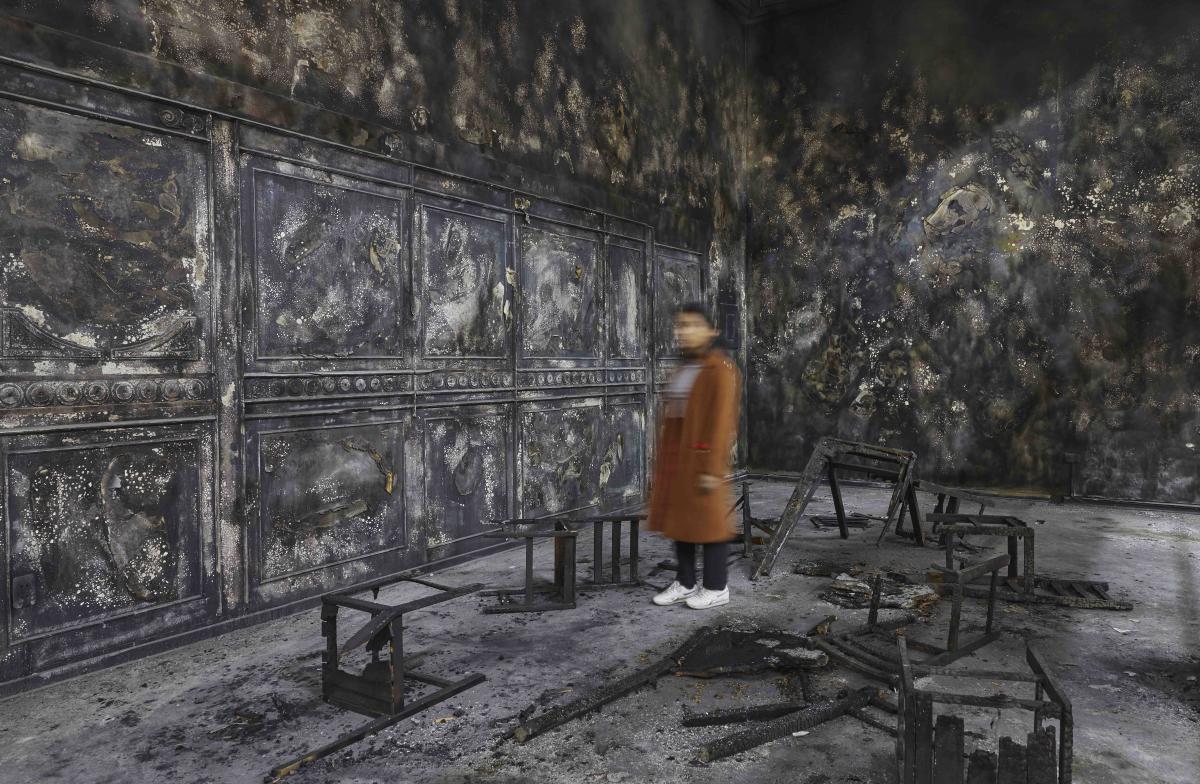
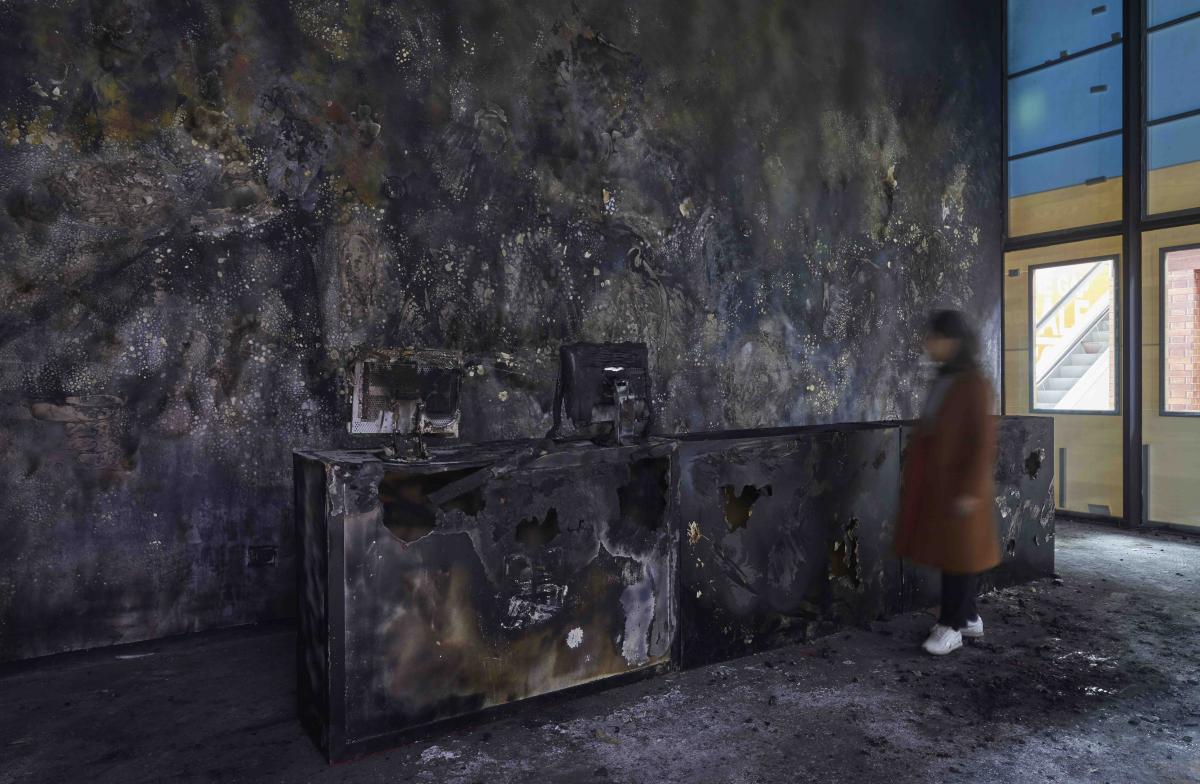
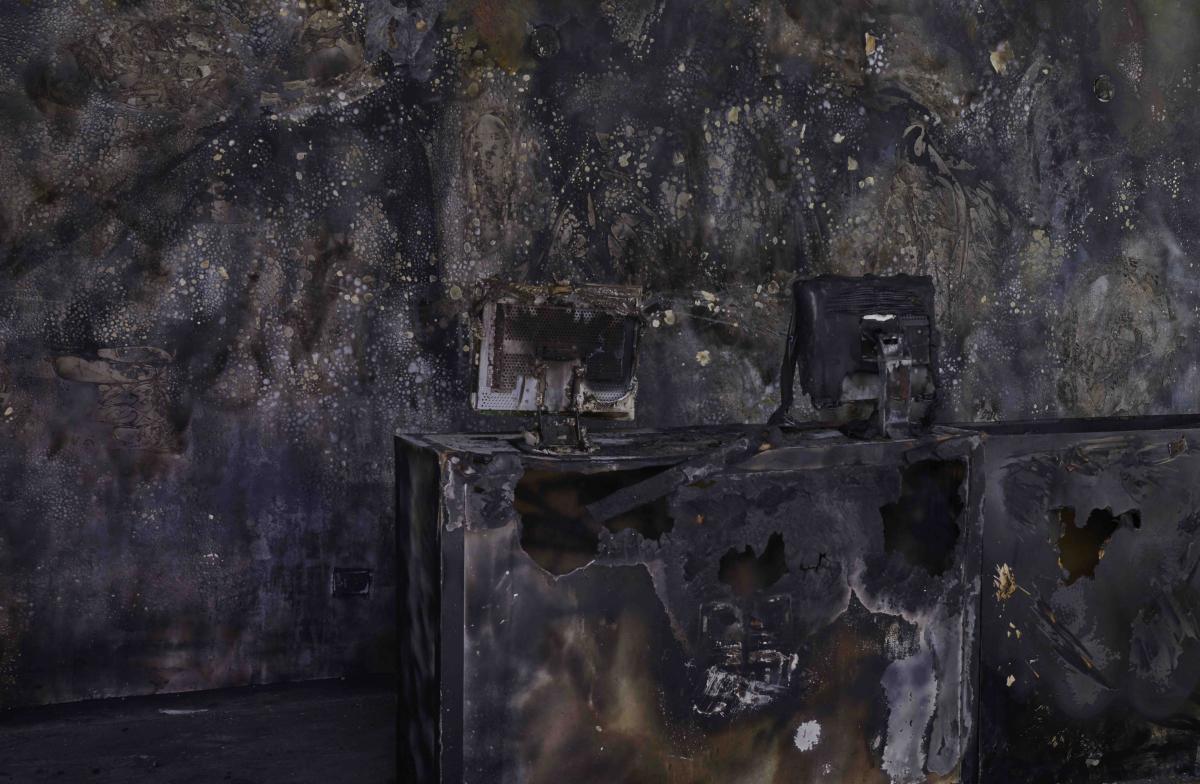
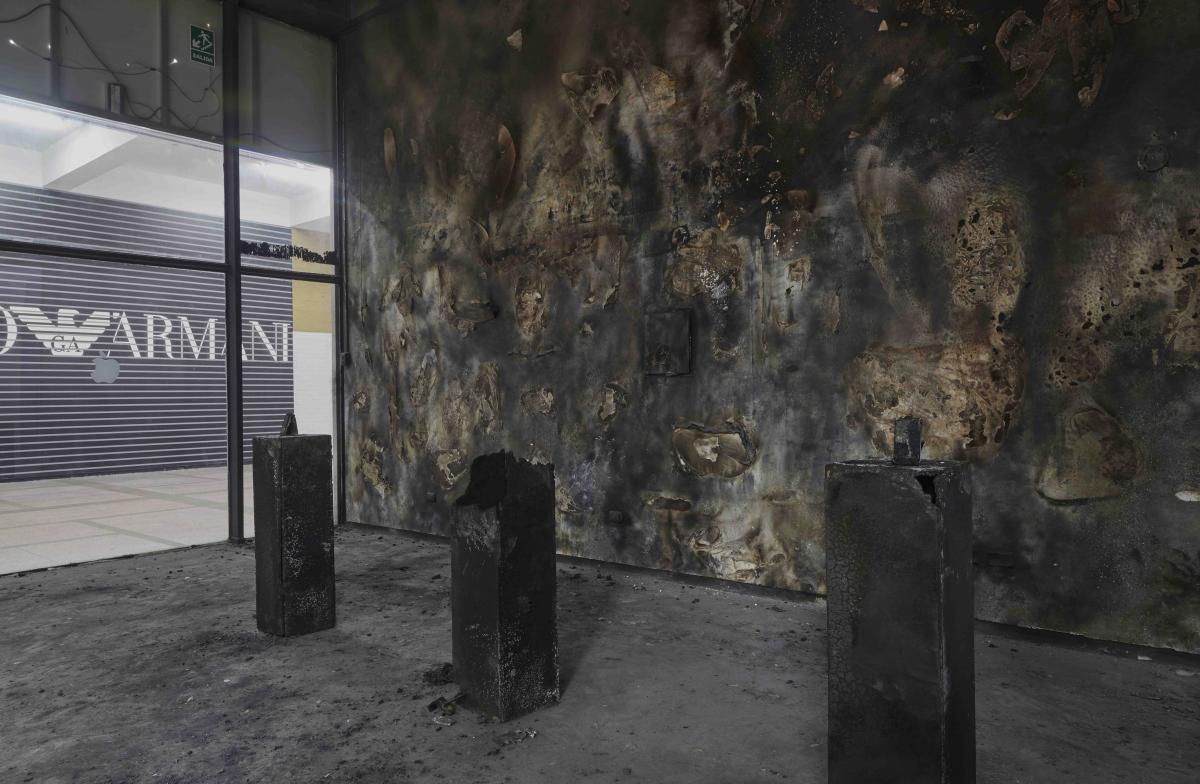
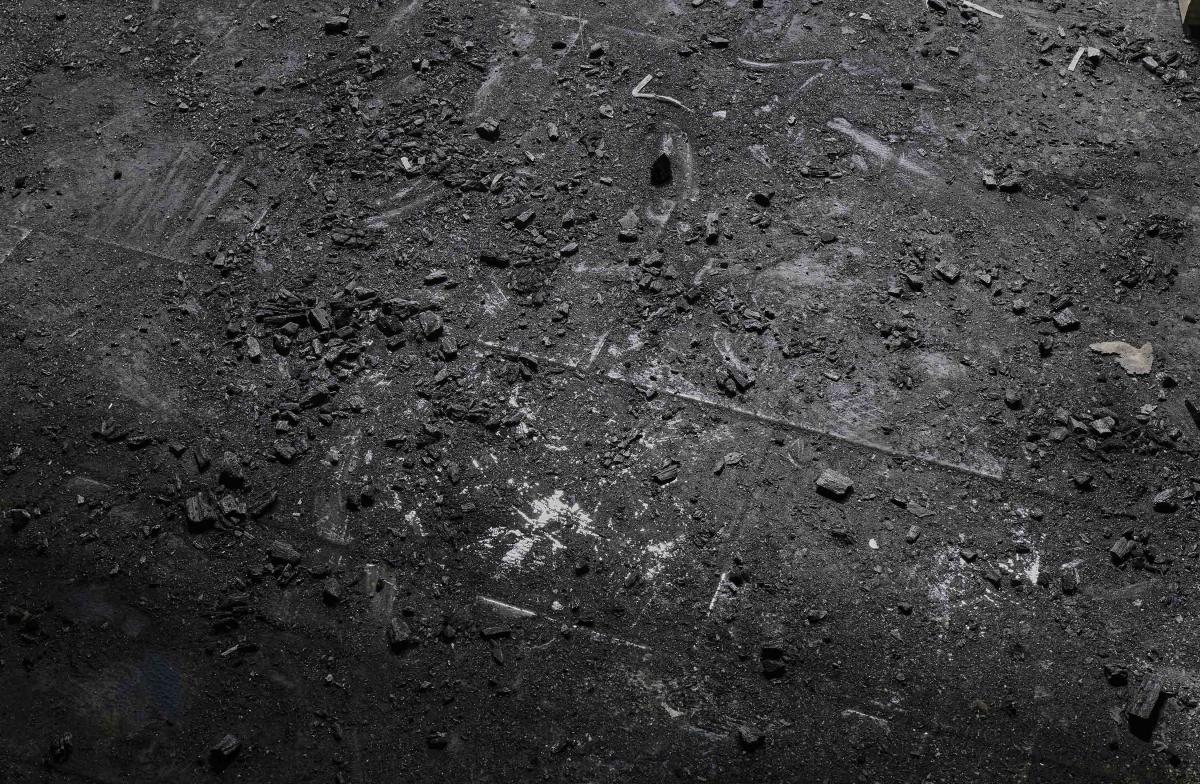
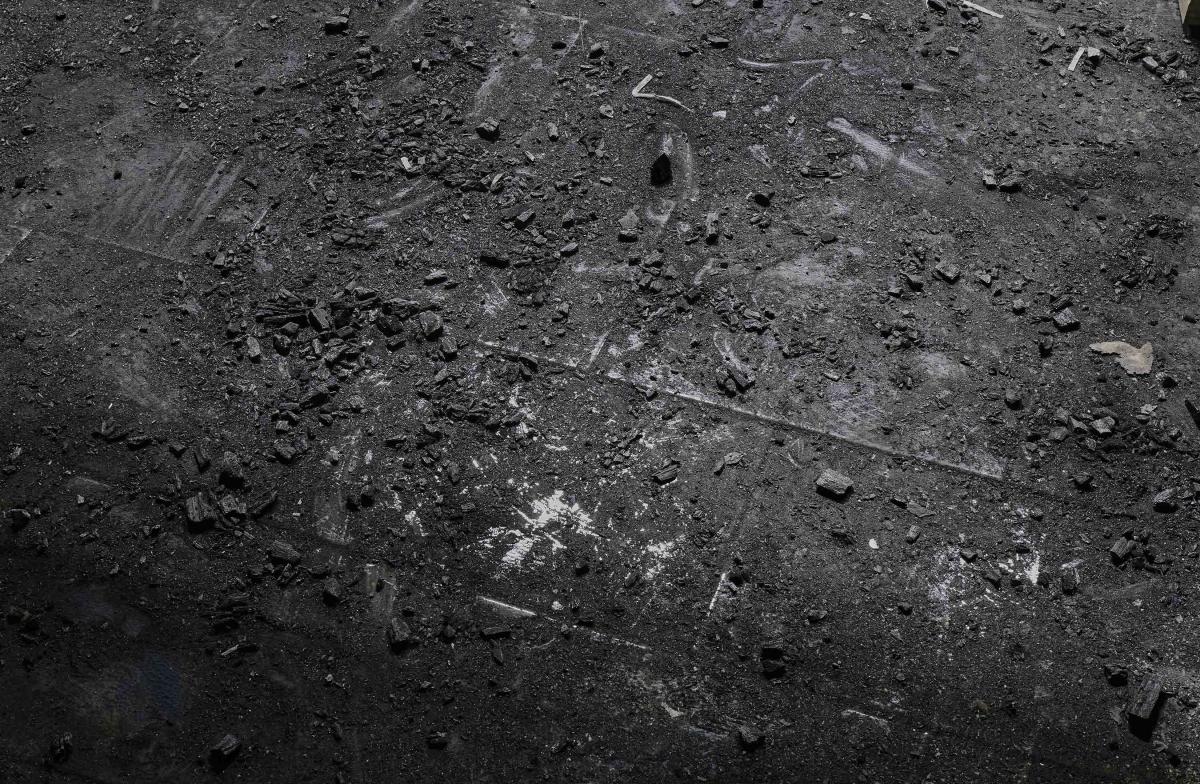
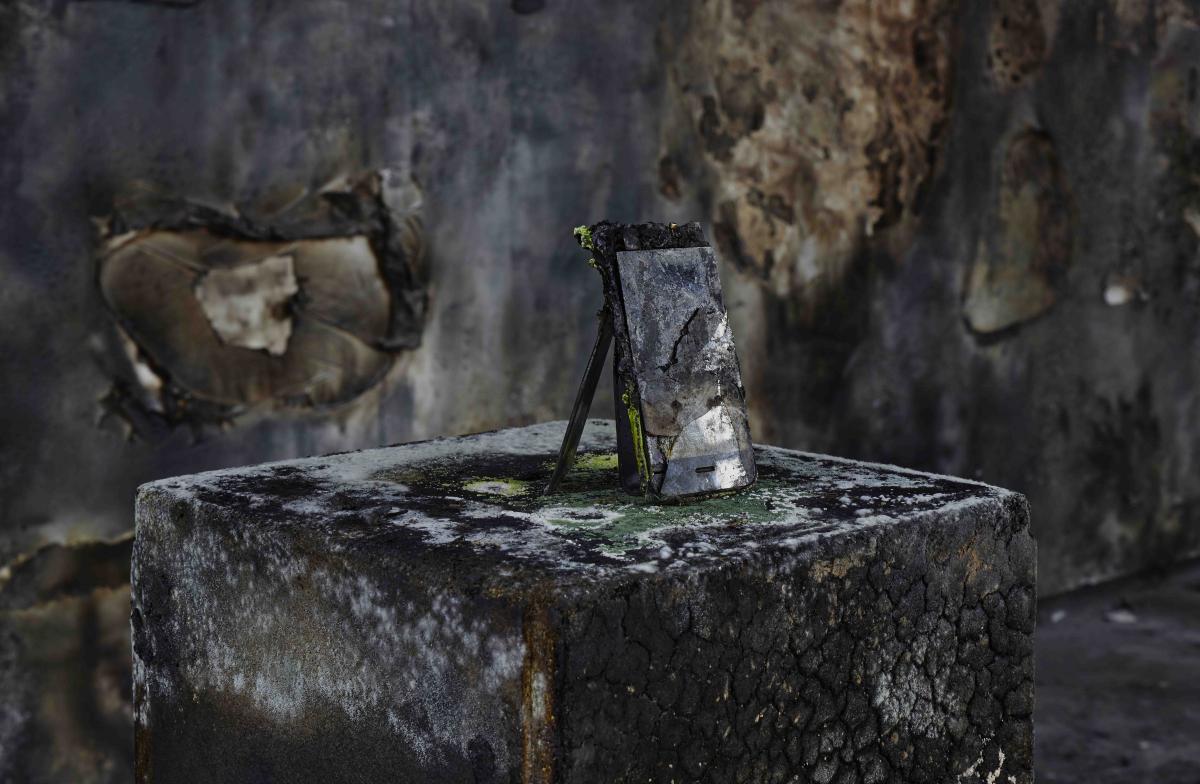
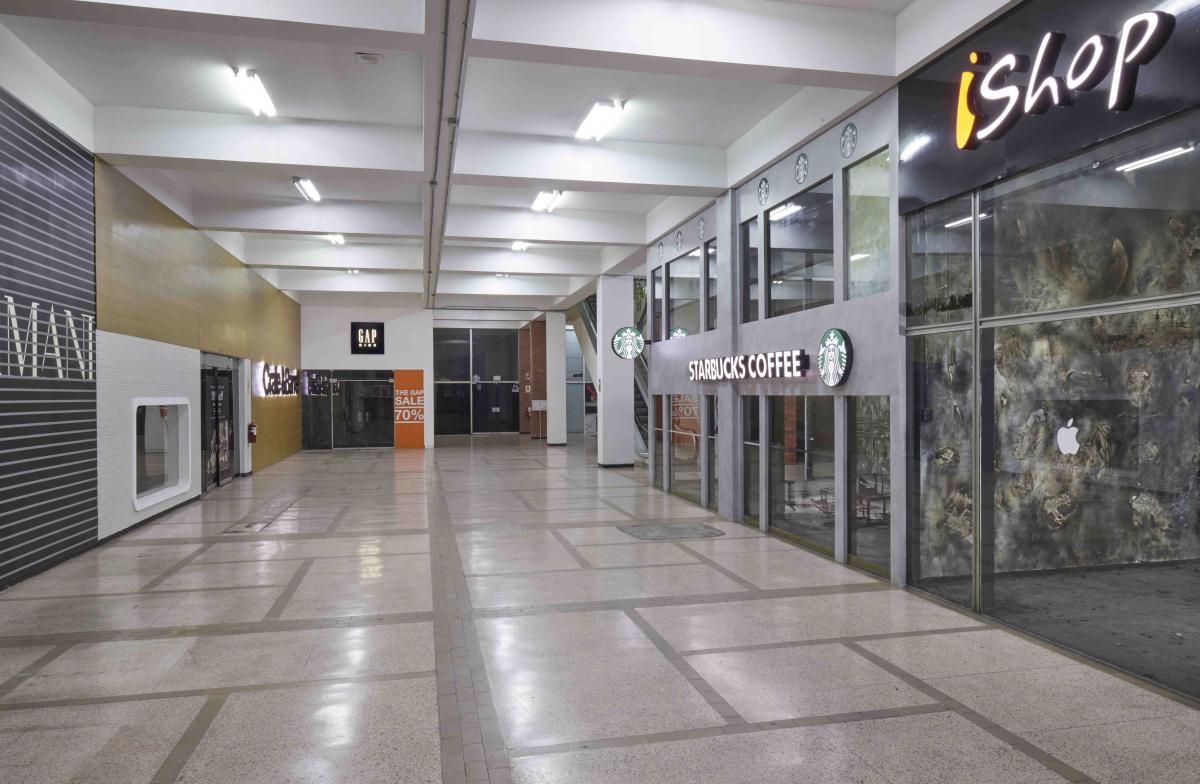
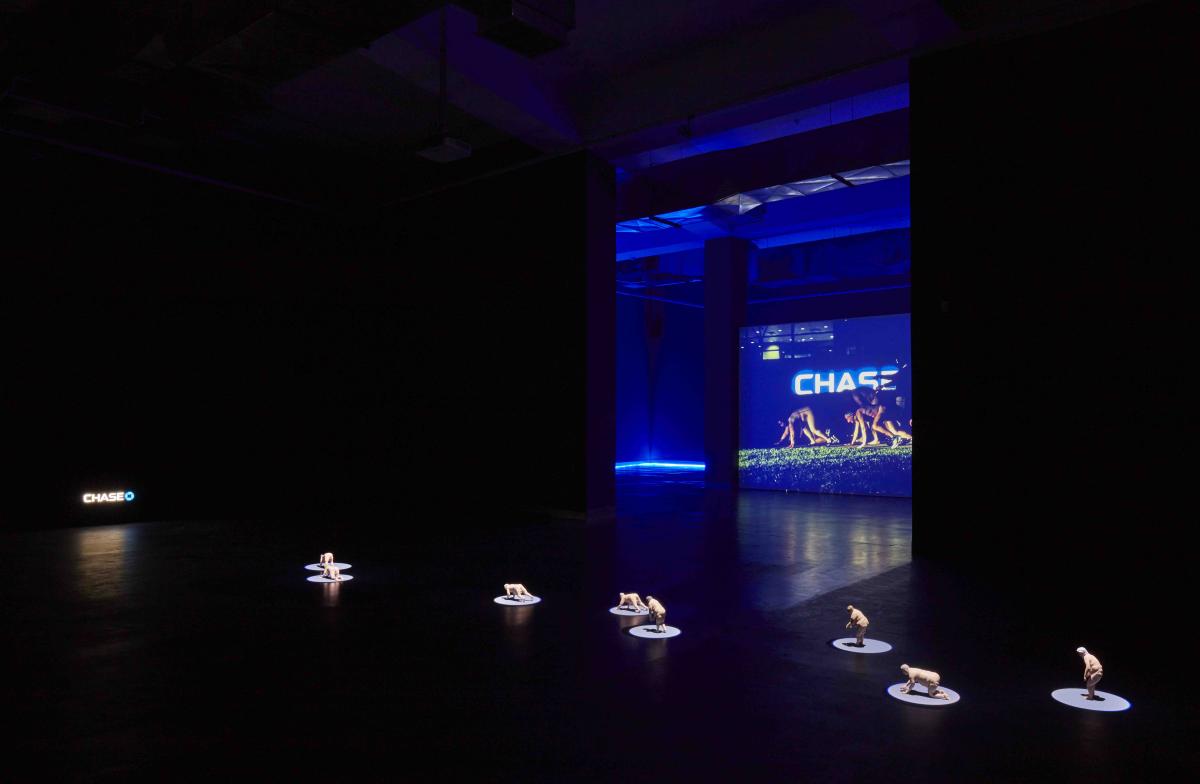
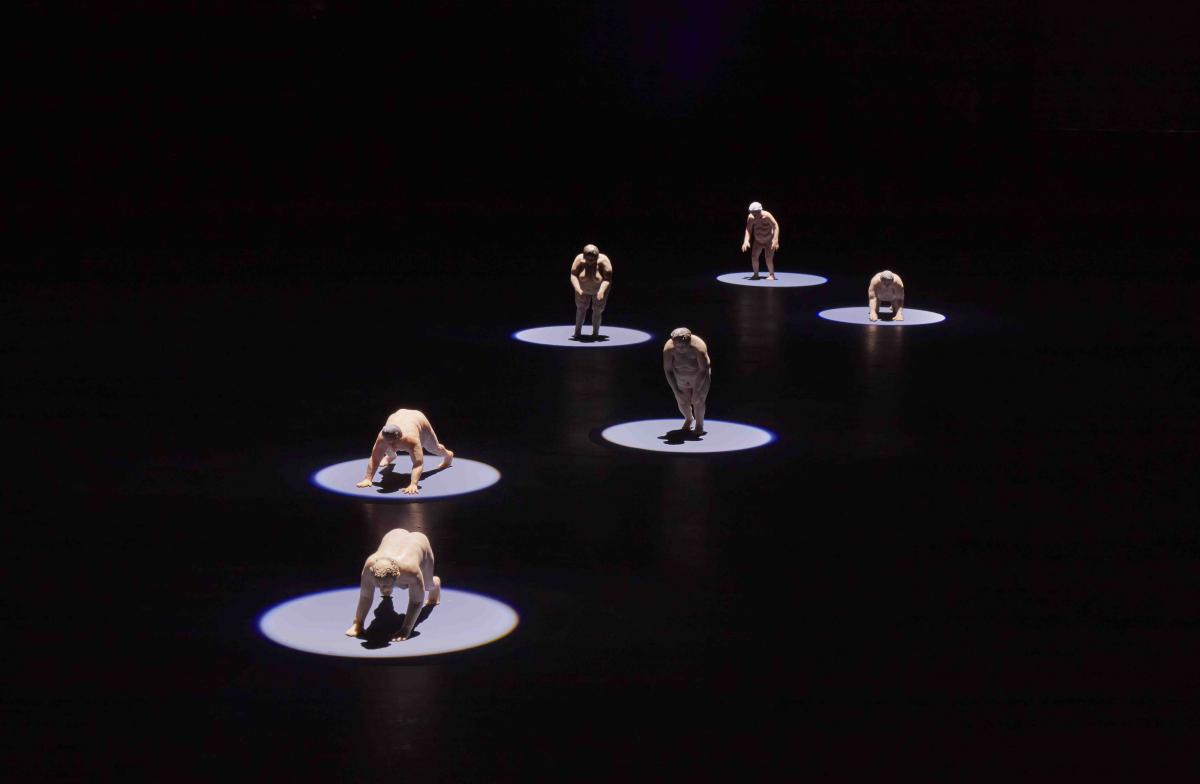
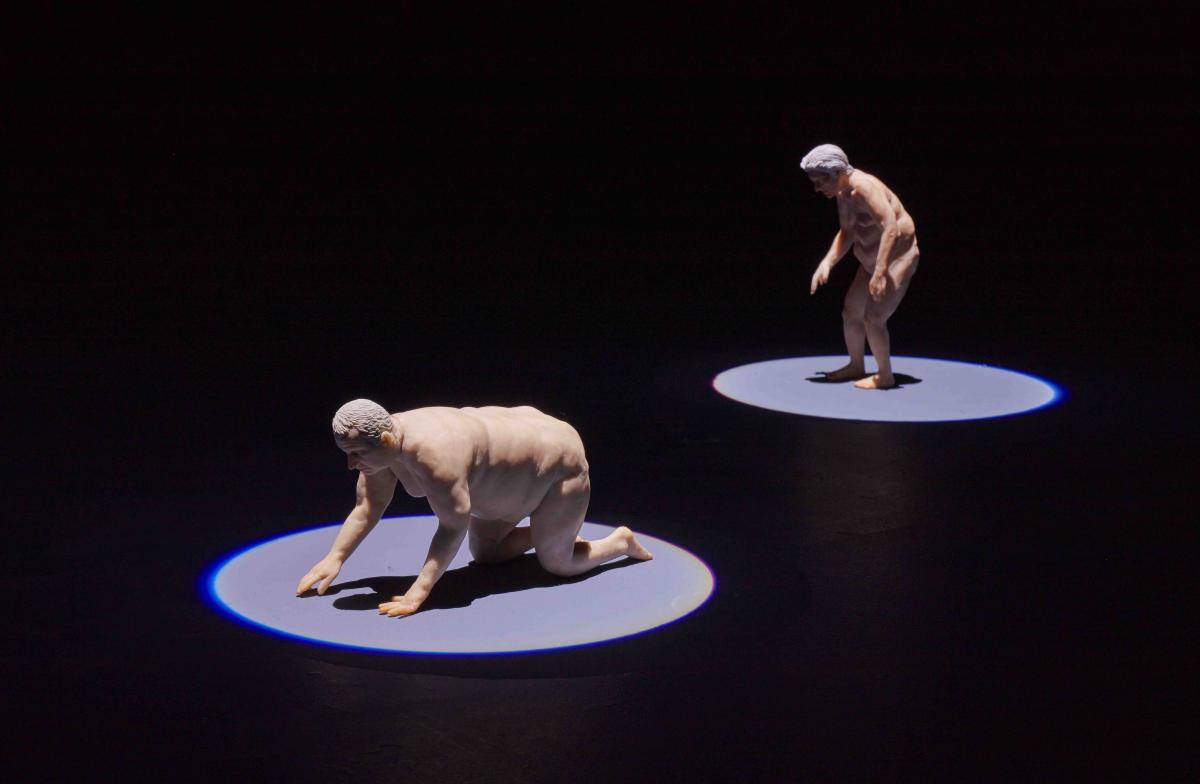
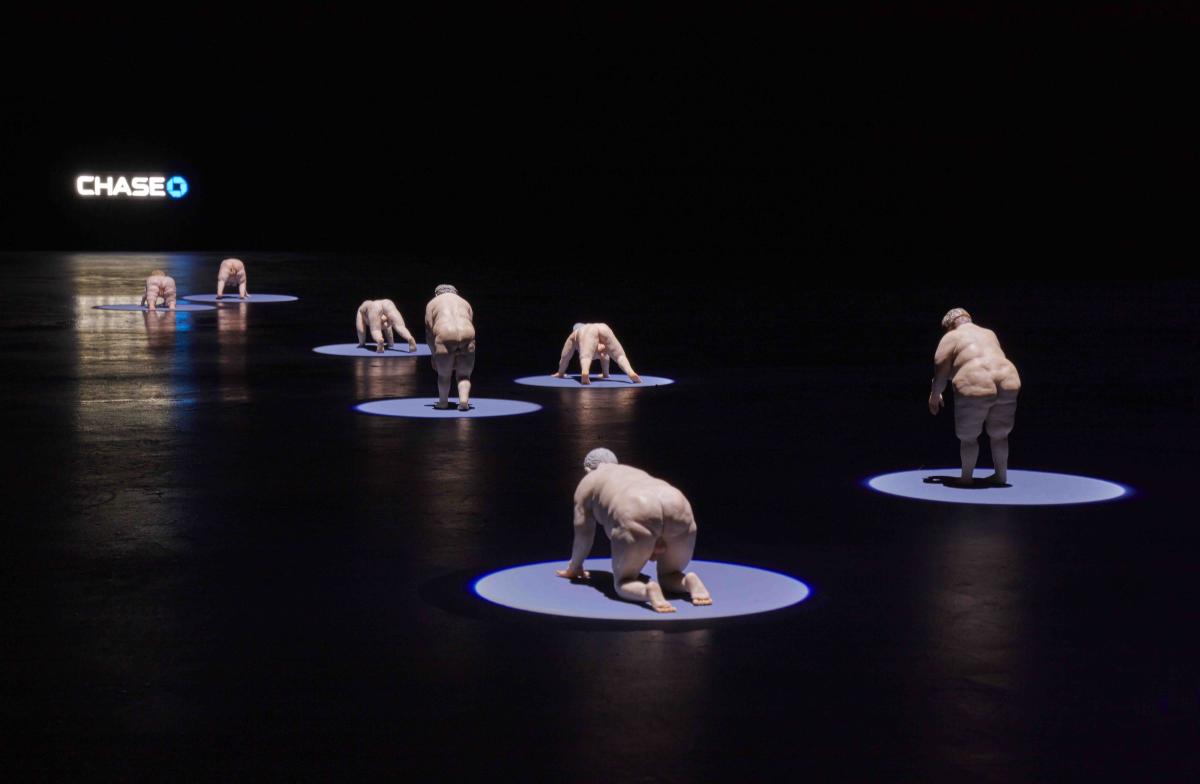
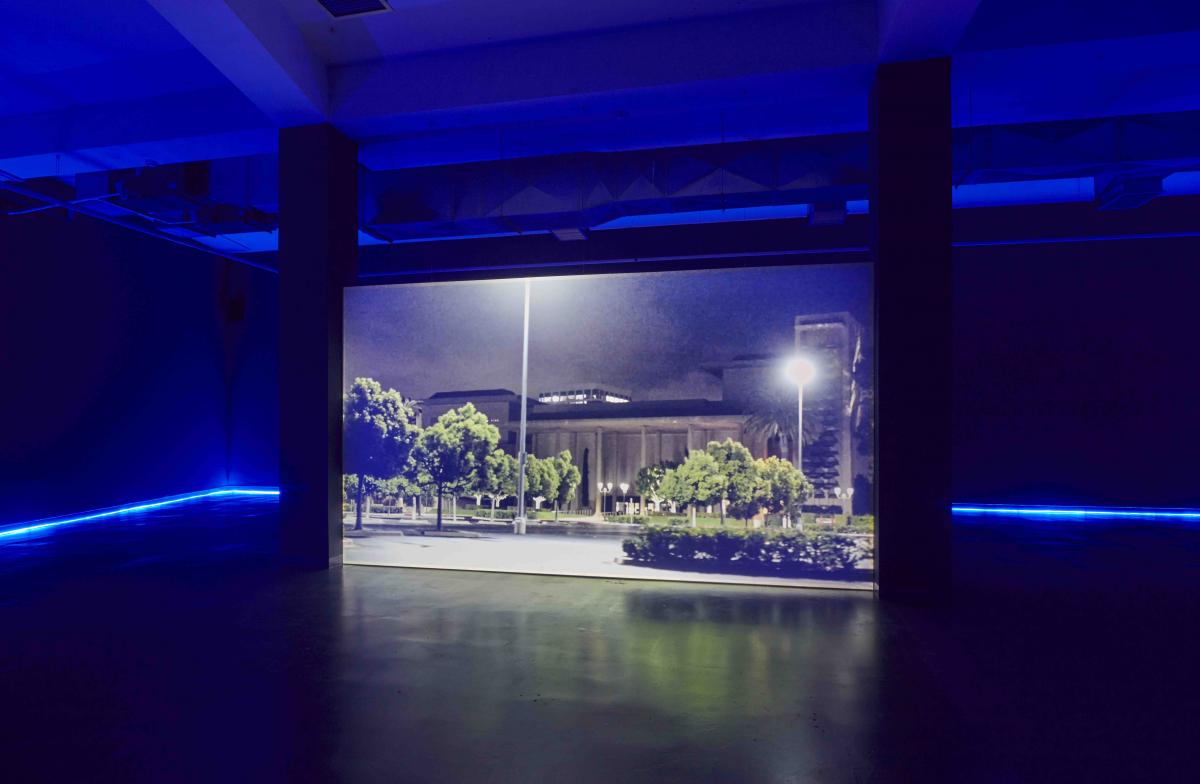
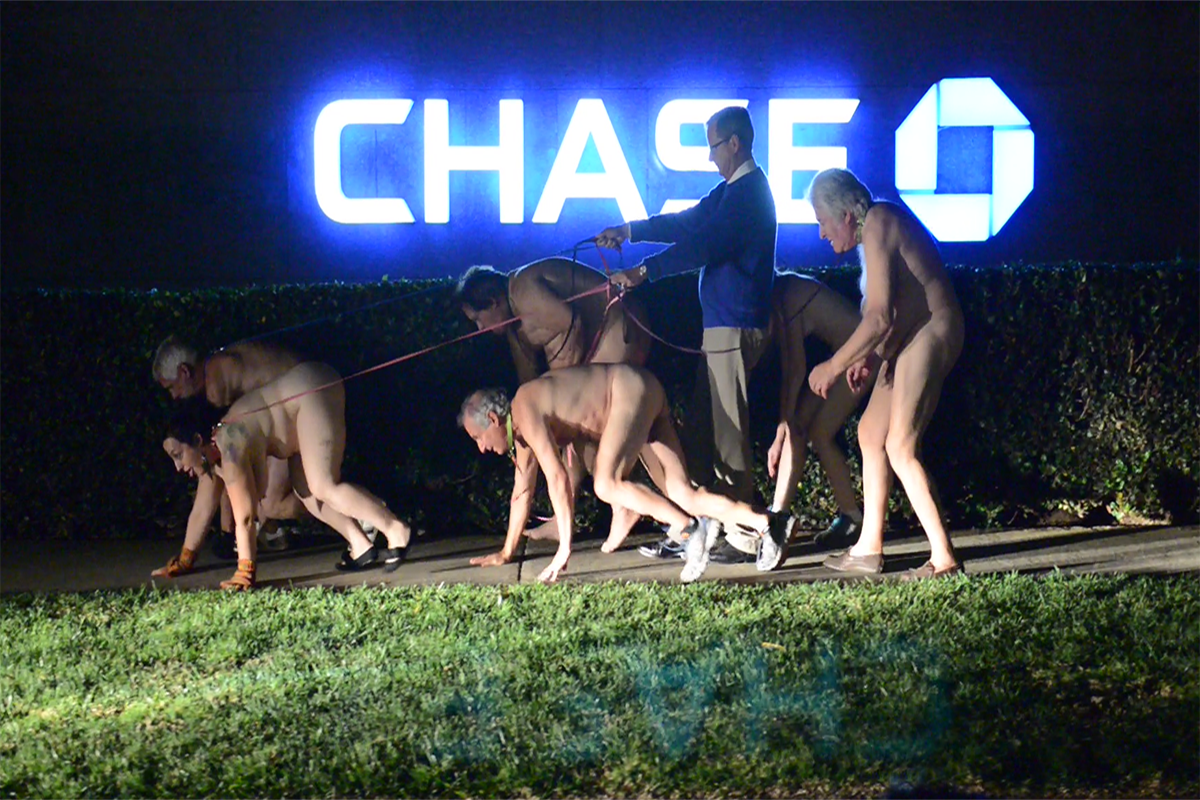
Wednesday 25 September, 2019
6pm
Talk between Yoshua Okón and Renzo Gianella, curator of the exhibition
7:30pm
Opening
26 September – 21 December 2019
Proyecto AMIL
Lima
On 25 September, Proyecto AMIL will present Colapso Gravitatorio, a solo exhibition by the Mexican artist Yoshua Okón.
Gravitational collapse (colapso gravitatorio) is the fundamental mechanism for the structural formation of the universe. It occurs when the internal pressure of an object is insufficient to resist its own gravity.
In the Camino Real Shopping Center, where Proyecto AMIL opened its doors to the public almost five years ago, Okón proposes an analogy between this physical phenomenon, the upcoming renovation of the commercial center that will take place in January 2020 and most importantly, the economic structure of neoliberalism
The Centro Comercial Camino Real marked the beginning of a US style shopping mall culture in Peru. Opened in December 1980 in the exclusive district of San Isidro with shops, restaurants, cinemas and even a skating rink, Camino Real was for about ten years the most important shopping center in Lima. In 1992 the shopping mall suffered from a bomb attack and in fear of a repeat occurrence, visitor numbers diminished. Camino Real has since been semi-abandoned and has effectively become a symbol of political and economic instability. It is a ghost shopping center that collapses within its own structure to give rise to a new one – in the same way stars are formed, but also black holes.
In this context, Okón presents two works that revolve around consumer culture but also predict its collapse. Salò Island (2013) is a sculptural video installation that recreates the “human dogs” scene of the Pier Paolo Pasolini film Salò, or the 120 Days of Sodom (1975). The artist re-situates this scene at Fashion Island, an outdoor mall in Newport, California, built in the 1960s as a public space and subsequently privatized in the 1980s; “…a surreal late-night corporate labyrinth, completely devoid of people, although perfectly lit and ready for business.” In Okón’s video, “the dogs” are desolate and decrepit creatures, enslaved by consumption.
El nuevo centro (2019) is a site-specific installation that transforms the facades of the abandoned stores, which surround the main exhibition space of Proyecto AMIL, into hyper-realistic showcases of brands that are part of the global consumption imaginary. These stand out from the devastated and calcined interiors of these same spaces. Referring to the opening slogan of the shopping center in the 1980s –”Camino Real Center, the new Lima Center”– this work points to the growing replacement of public space with private ones. It also refers to the new shopping center to come: a late reaction to the renewal, increasingly accelerated, of an economic cycle that appears as a necessity of the neoliberal model and the narrative that links quality of life to the consumption of the new. El nuevo centro questions the sustainability of this perpetual consumption system.
Colapso gravitatorio draws attention to the vicious circle to which the current economic system subjugates us: on the one hand, the culture of hyper-consumerism, with its consecration of the new, the acceleration of innovations and the reduction of life cycles; and on the other, the emotional emptiness of consumers who, always dissatisfied, try to fill this void by consuming even more. In addition to this cycle, the project suggests the fragility of a system that, by generating excessive demand, uses non-renewable resources at an increasingly rapid rate; heading for an inevitable collapse or black hole.
Colapso gravitatorio marks the end of Proyecto AMIL’s exhibition program at Camino Real Shopping Center. During 2020, we will continue our regular programming on an itinerant basis through inter-institutional collaborations and site-specific projects in Peru whie expanding our exhibition and residency program in Switzerland.
Yoshua Okón (Mexico City, 1970) His work is a series of near-sociological experiments executed for the camera, blends staged situations, documentation and improvisation and questions habitual perceptions of reality and truth, selfhood and morality. In 2002 he received an MFA from UCLA with a Fulbright scholarship. His solo shows exhibitions include: Yoshua Okón: Collateral, MUAC, Mexico City and Amparo Museum, Puebla; Yoshua Okón, Ghebaly Gallery, LA; Yoshua Okón: In the Land of Ownership, ASAKUSA, Tokio; Saló Island, UC Irvine, Irvine; Piovra, Kaufmann Repetto, Milan; Poulpe, Mor Charpentier, Paris; Octopus, Cornerhouse, Manchester and Hammer Museum, Los Angeles and SUBTITLE, Städtische Kunsthalle, Munich. His group exhibitions include: Manifesta 11, Zurich; Istanbul Biennale, Istanbul; Gwangju Biennale, Korea; Antes de la resaca, MUAC, Mexico City; Incongruous, Musèe Cantonal des Beux-Arts, Lausanne; The Mole´s Horizon, Palais des Beaux Arts, Brussels; Mercosur Biennial, Porto Alegre; Amateurs, CCA Wattis; San Francisco; Laughing in a Foreign Language, Hayward Gallery, London; Adaptive Behavior, New Museum, NY and Mexico City: an exhibition about the exchange rates between bodies and values, PS1, MoMA, NY, and Kunstwerke, Berlin. His work is included in the collections of Tate Modern, Hammer Museum, LACMA, Colección Jumex and MUAC, among others.